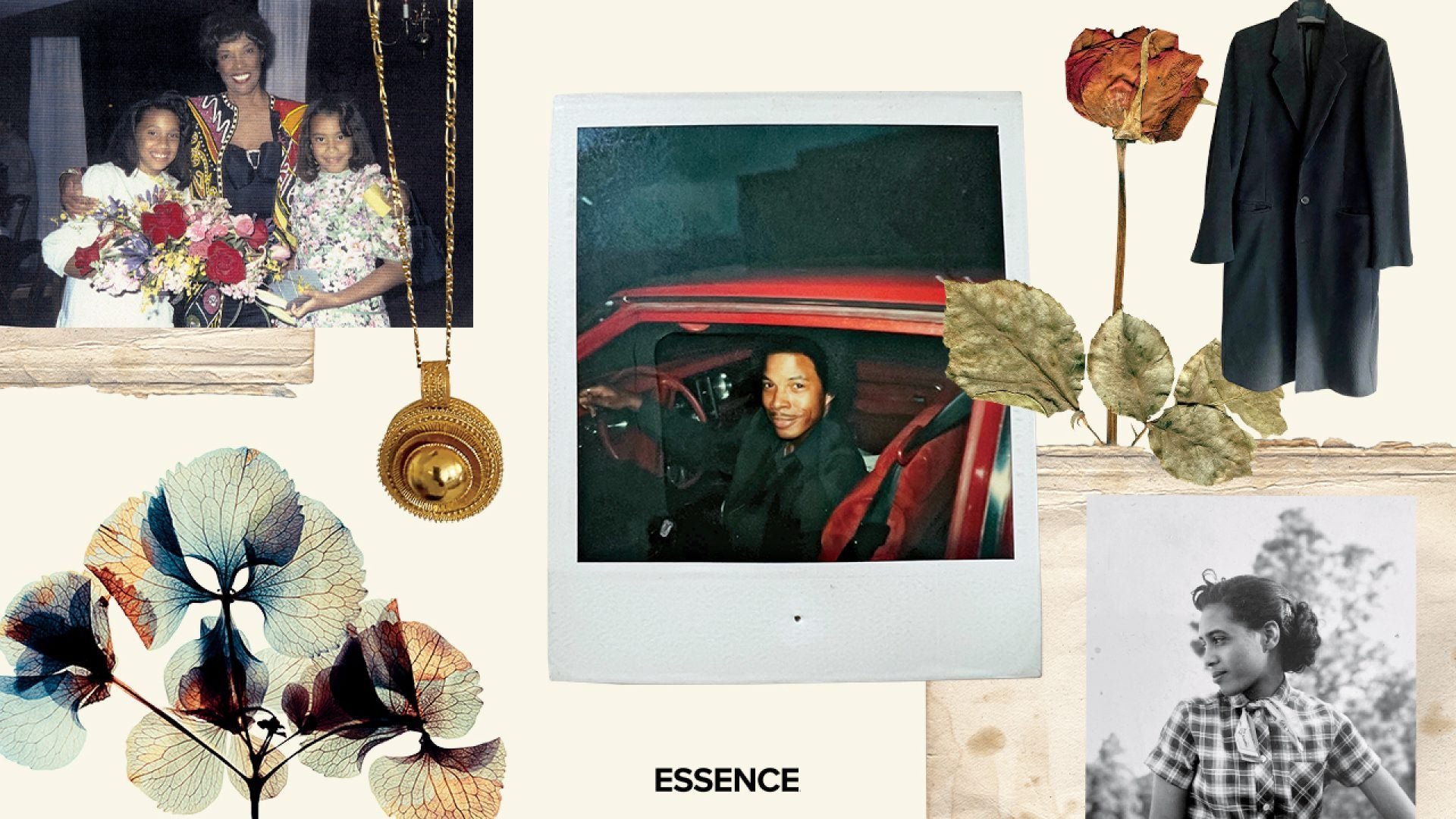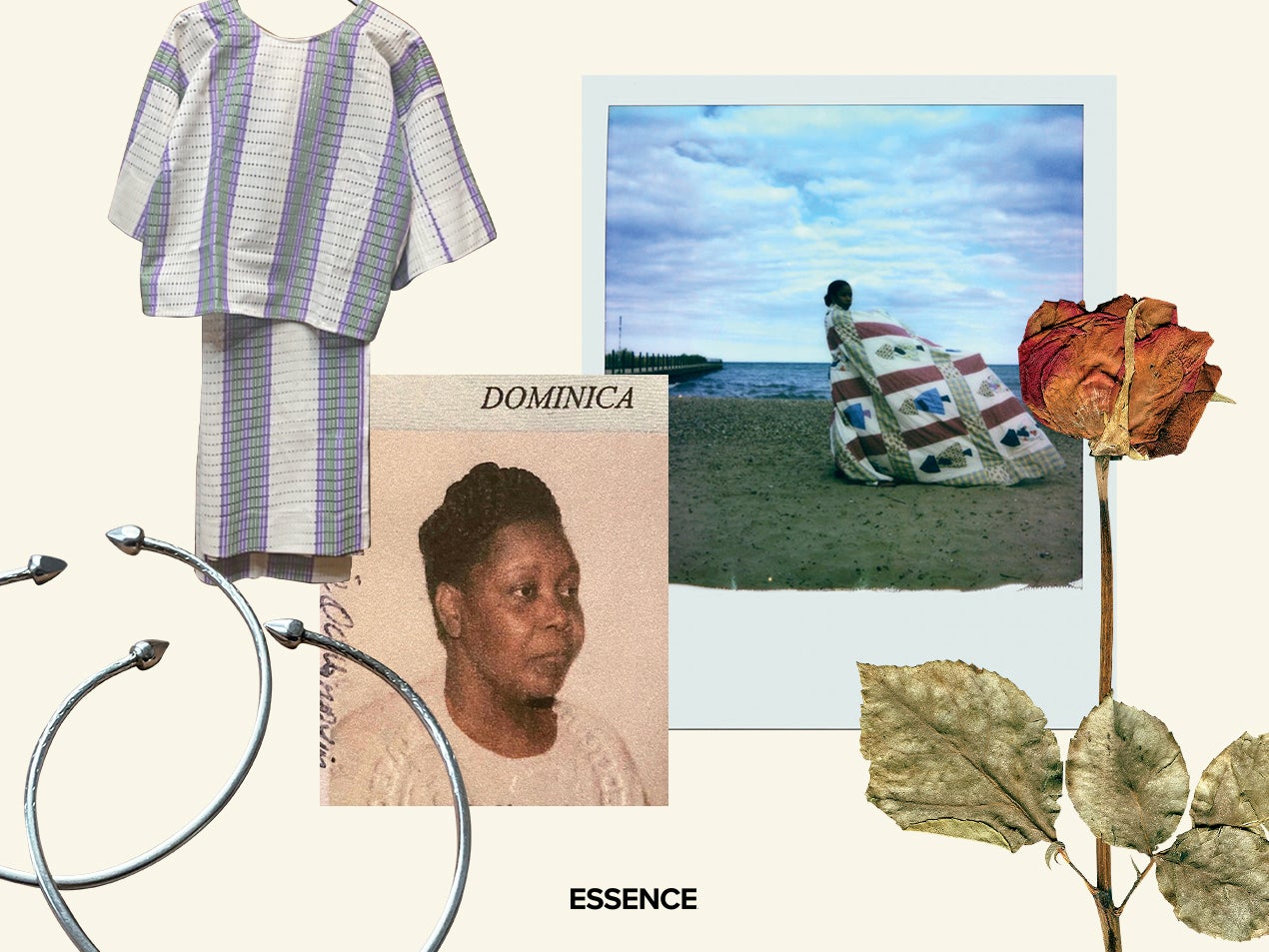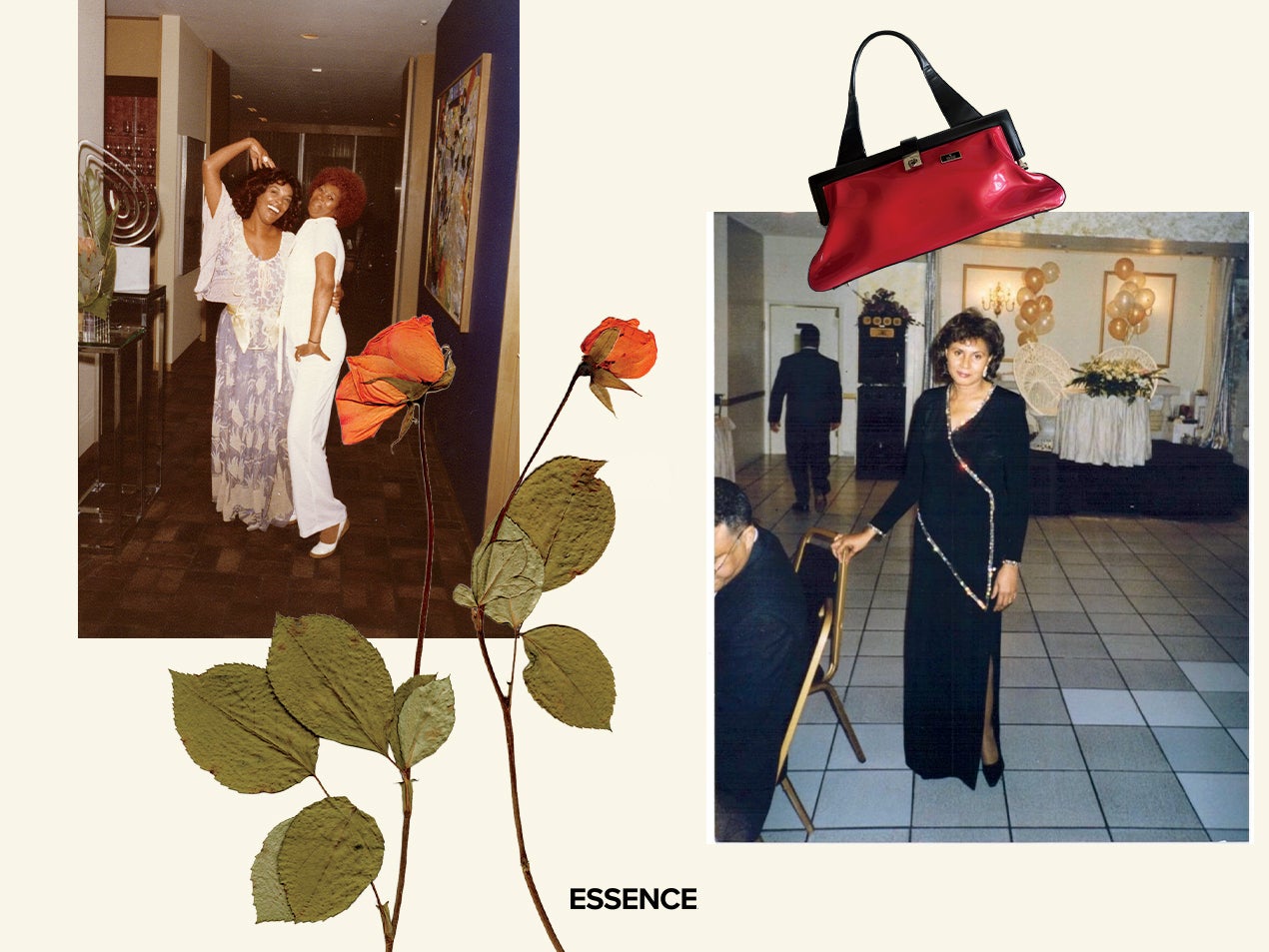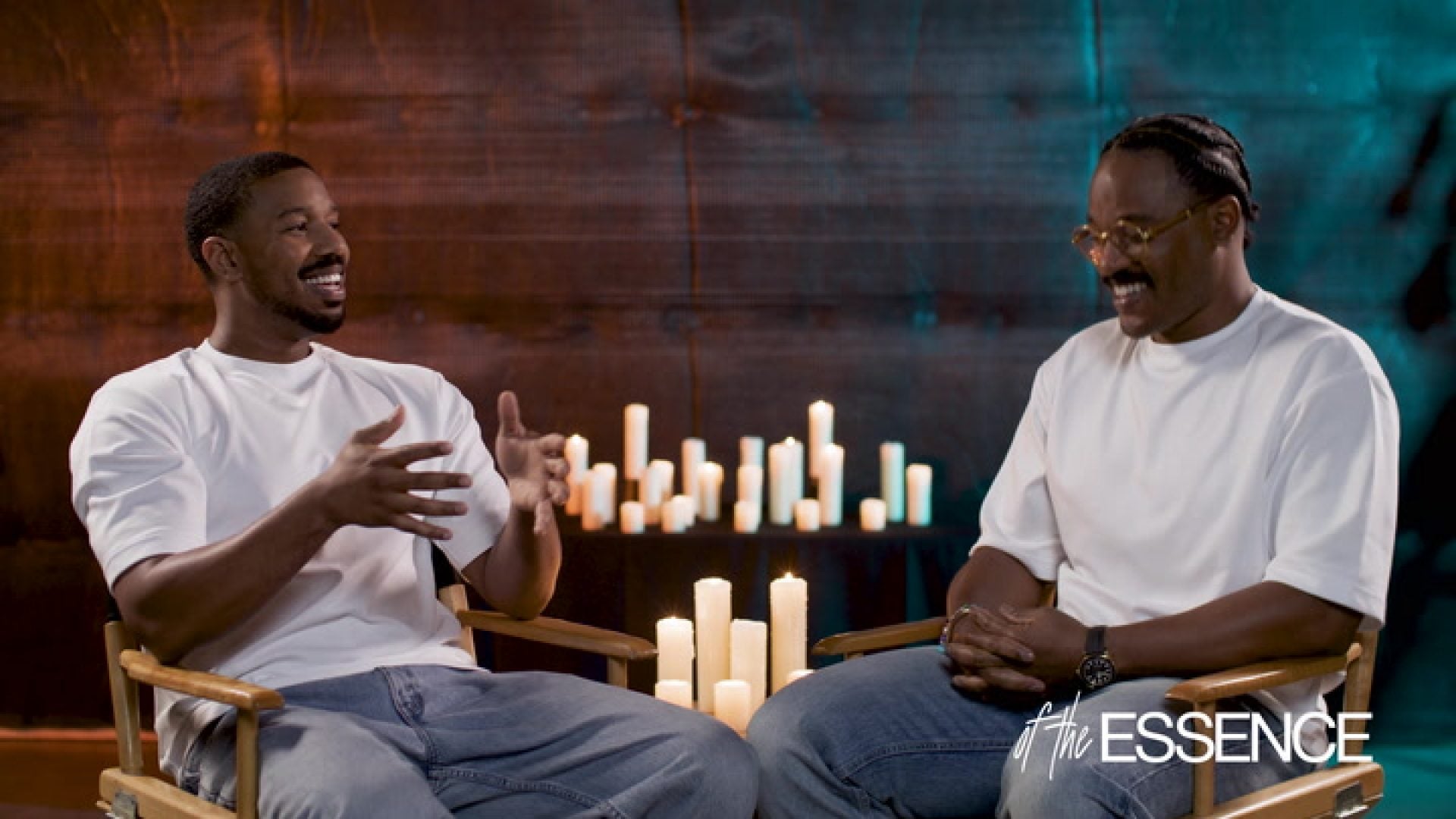
During my visit to Michigan this past Christmas, I found myself engaging in my usual ritual before returning to New York—browsing through my parents’ closet, on the hunt for items I could “borrow” indefinitely. Over the years, I’ve acquired an assortment of nostalgic treasures: vintage Detroit Pistons “Bad Boys” T-shirts; cozy sweatshirts from the late ’80s; a navy Carhartt utility jacket with a hood; and an array of well-preserved and vibrant graphic tees, all filling the bottom drawers of my dresser.
But this time was different. As I perused the selection of T-shirts, I longed for something more refined, a piece that exuded elegance and sophistication. And there it was, calling out to me. It was a black cashmere coat, meticulously tailored, that my father had purchased back in 1973 when he was in his early twenties. Though I had seen and worn the coat on previous occasions, this time it felt like a new discovery—as if it possessed a regal aura that had escaped me before.
Enthralled, I decided to take the coat with me when I left. As I loaded my suitcases into the car, I carefully placed this “borrowed” item on the seat beside me, anticipating our journey to the airport. But reality struck when, glancing at me through the rear-view mirror, my father sternly declared, “You’re not taking my coat.” I attempted to reason with him, mentioning that the coat had remained untouched for decades and would merely occupy space in the closet. We volleyed back and forth for a few minutes until my mother intervened, firmly asserting that the coat must remain in Michigan. And so it did as I embarked on my flight to New York, this time without the coat, the vintage T-shirts or any relics of the past.

Although I understood that the coat didn’t belong to me, I couldn’t help but feel that its sentimental value, as my father’s possession, should have warranted its transfer to my care. However, upon reflection, I came to recognize that my desire to continue the coat’s narrative overlooked an essential aspect of this story: what this item meant to my father, and the power in the origin tale of this piece.
During this time when trends come and go, there remains something profoundly timeless and meaningful about family heirlooms. These treasured artifacts, passed down from generations, hold weight and significance that transcends time—connecting us to our ancestors and weaving together the threads of our collective history. In Black culture, family heirlooms assume a heightened sense of importance, carrying stories of resilience, heritage and identity. They serve as the curated evidence of our shared past, -whispering tales of triumph, love and sacrifice.
To understand the rich tapestry of experiences and emotions contained within these treasured pieces, we reached out to individuals who have inherited family heirlooms. Sade Mims—an artist and designer, and the founder of the accessories brand Edas—shared her emotional connection to an heirloom with deep significance within her family. She lovingly recalls the moment her mother gifted her a vintage Gucci bag, which had been passed down as well. This heirloom serves as an embodiment of her mother’s character: bold, sexy and timeless. For Mims, this bag not only evokes cherished memories of her mother but acts as her personal “armor,” giving her a confidence boost and a sense of being guided and watched over as she takes on the world in style.
“This patent red always felt out of my league as a kid, you know?” says Mims. “It’s a true ‘grown woman’ bag, and it feels quite surreal to be the grown woman now, rocking it, after swooning over it all these years. I think it’s the best full-circle moment—and the biggest takeaway here is, ‘Everything in due time.’ Having to wait 15 years to wear the bag that I always thought was out of my league is in direct alignment with the importance of patience that my parents instilled in me. It was the reward I didn’t know I needed.”
Olivia Galli, a photographer, carries the legacy of her grandmother through the garments she inherited. Wearing her grandmother’s Bob Mackie jacket or Zandra Rhodes dress is like stepping into a time machine of style. Galli loves sharing photos of herself in these iconic pieces with her family, sparking memories and stories that bridge the generation gap.
“At times I get extreme social anxiety when attending special events if I’m going alone and I don’t know anyone else there,” she says. “I wanted to wear my grandmother’s Bob Mackie jacket and decided this one night would be the perfect opportunity. As soon as I slipped my arms into the sleeves, I was transported into a new world. It’s hard to describe the feeling. For the first time since my grandmother’s passing, I felt her presence and I began to embody her. My anxiety vanished, and a rush of confidence replaced it. I felt like my grandmother—confident, powerful and fearless.”

Dynasty and Soull Ogun, founders of the jewelry brand L’enchanteur, treasure heirlooms that reflect their intersections with their Black heritage. They embrace heirlooms like their mother’s two gold bracelets, which she wore as bangles, and their father’s Nigerian garb, as a celebration of love, authenticity and self–expression. Their father’s garb is more than 100 years old and connects to their grandmother’s royal lineage. “It influences our designs and the way we create garments,” Soull says. “It carries the memory of our grandmother and her significance to our bloodline. It solidifies our ancestry and ties us to a long lineage of princesses.”
Editor Naomi Elizee’s most treasured family heirloom is a dress purchased by her mother, Marie Kettly, in the late ’90s. The dress evokes a range of emotions, from joyful remembrance to sadness at the absence of her mother now. It symbolizes the values instilled by her parents, such as community involvement and gathering with loved ones. The dress also represents opulence, success, hard work and achievement. Elizee cherishes the dress, as it embodies her mother’s essence—and she hopes to pass it down to future generations, allowing them to feel a connection to their heritage.
“I hope this dress can bring a sense of warmth and comfort to future family members,” Elizee says. “I hope the aura of my mother’s tenacity and kindness is felt through the dress as well. I look forward to seeing how each generation values the dress—and the meaning behind owning such a piece of my family’s history.”
Writer Faith Brown describes her grandmother’s necklace as an adornment that connects to her family’s history and heritage. “It’s one of the few pieces of my grandmother’s that I have,” she says, “and now that she’s gone, this necklace means everything to me. It feels like the true embodiment of her: beautiful and golden, tiny but impactful beyond measure. Wearing it reminds me of the remarkable woman that she was.” The necklace holds immense sentimental value because it was gifted to Brown by her grandmother during a poignant time—weeks after her cancer diagnosis and months before her passing. When Brown wears the necklace, she feels her grandmother’s presence and is reminded of the enduring legacy of this remarkable woman.
The necklace is also significant in that it evokes for Brown a powerful memory. It played a pivotal role in an unforgettable family event. “When my grandmother was diagnosed with cancer,” Brown recalls, “and it started to sink in that her time left on earth was limited, she requested one last, big family photo shoot before she traveled back to Ethiopia.” During that memorable session, Brown wore the necklace, completing her ensemble for the occasion. Her grandmother was deeply moved by the sight, affirming the necklace’s importance by telling Brown, “That necklace is perfect on you. You must keep it forever.” It became a symbol of that final day with her grandmother, where laughter and joy were still abundant, creating a lasting memory that the heirloom now preserves.
Brown sees the necklace as more than a piece of jewelry. “With this necklace,” she explains, “I will tell the story of my grandmother, Marta Gabre-Tsadik. How she was the first and only female senator of Ethiopia; how she adopted seven children to keep them out of poverty; and how she started a nonprofit to empower the youth in a small village.” Through the treasured heirloom, Brown hopes to pass down the remarkable achievements and the profound love that defined her grandmother’s life to future generations. It serves as a tangible link between the past and the future, ensuring that her grandmother’s extraordinary journey will be remembered and celebrated for years to come.
In the context of Black culture, family heirlooms become even more than just tangible objects; they can also be repositories of history, connecting individuals to their ancestors’ experiences. Rikki Byrd, a fashion expert and scholar, sheds light on the value of such heirlooms, emphasizing their role as “embodied archives.”
“By embodied, I mean the intangible aspects that are passed down along with tangible objects,” explains Byrd. “For instance, observing the Black women in my life, I see how certain skills like sewing or other crafts have been handed down through generations. Enslaved women often became skilled seamstresses, and passing down these abilities became a form of resilience and opportunity, even amid their challenging circumstances.”
“These embodied archives may not always be physical items, like dresses or needles,” she continues. “They are more like skill sets and knowledge that reverberate within families. As a personal example—I don’t recall precisely how I learned to cornrow hair, but I know I picked it up from the women around me who knew the technique. Though my own cornrows might not be as perfectly executed as theirs, this skill was passed down to me, preserving a piece of our cultural heritage. I hold both tangible heirlooms and intangible knowledge in high regard, recognizing their significance in shaping our identities and preserving our history. They are vital parts of who we are and reflect the wisdom and creativity of our ancestors.”
Passing down family heirlooms is more than a custom; it is a sacred ritual that bridges generations, infusing our lives with the wisdom, love and values of those who came before. It’s like passing the “fashion baton”—ensuring that the stories, style and traditions of our ancestors continue to inspire and thrive. Whether it’s a stylish matriarch passing on her favorite statement earrings or a dapper patriarch sharing his impeccably tailored suits, these family traditions foster a sense of belonging and strengthen the bond between generations.
Heirloom pieces carry an emotional and symbolic value that transcends their physical form. They are like time capsules, embodying memories, stories and a sense of continuity. These pieces become more than objects; they are conduits of memory, emotion and familial bonds. Just like the iconic movie props that can transport us into fantastical worlds, family heirlooms have the power to transport us to cherished moments in our personal histories.
As heirlooms play a vital role in preserving family history and cultural heritage, they are tangible reminders of our roots, keeping alive the stories and traditions that have shaped our identities. Alongside physical treasures, the importance of passing down stories and traditions cannot be overstated. Just as a director meticulously curates scenes and dialogue in a film, we have the power to curate our family narratives, ensuring that the stories behind our heirlooms are shared and cherished by future generations. By passing down not only the items but also the memories and traditions woven into them, we create a living legacy that transcends time.
As we celebrate the importance of family heirlooms, let us be inspired to preserve and pass down these valuables. Let us honor the stories, craftsmanship and emotions they carry. As we have been captivated by the stories of personal connections to family heirlooms, let us continue to amplify the voices of our diverse community—embracing the intersections of identity, and honoring the multifaceted narratives that enrich our heritage.
In the fast-paced world we inhabit, family heirlooms stand as connections to the values and traditions that ground us. They transcend fashion trends and fleeting moments, reminding us of the enduring power of love, resilience and the human spirit. As we look forward, we must resolve to protect and preserve our own artifacts. By doing so, we ensure that the legacy of our families and the beauty of our collective stories continue to shine brightly, lighting the way for generations to come.





